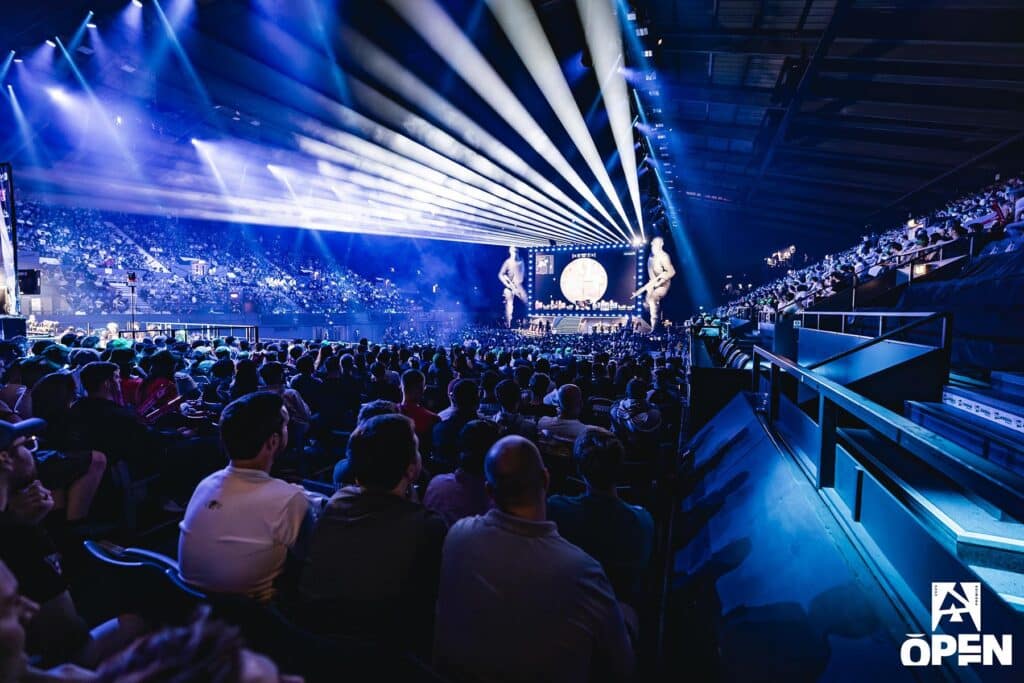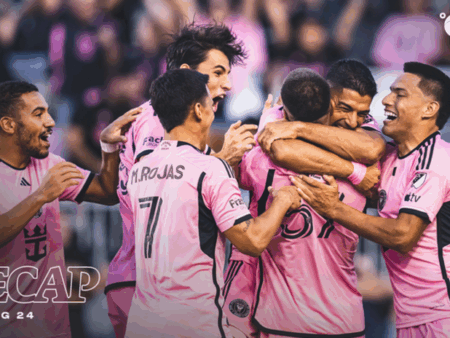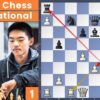
The stage is set for a new era of competitive integrity in CS2 esports.
In the dynamic world of esports, where fortunes can shift in a single match, the foundational rules governing competition are paramount. Recently, Valve, the architects behind the global phenomenon Counter-Strike 2 (CS2), moved to strengthen the competitive framework by introducing a significant update to its Tournament Operations Rulebook (TOR). These new stipulations are designed to ensure greater roster stability and competitive fairness, a welcome change for fans and participants alike.
The Core of the New Regulation: The `Three-Player Rule`
At the heart of Valve`s latest update, specifically Rule 3.10.1 under the TOR’s Ranked Tournaments section, is a clear mandate: competitive rosters must maintain a consistent core. Tournament operators are now directed to “declare a forfeit in any match in which a roster does not field at least three of the invited roster athletes for the entirety of the match.” This means that if a team receives an invitation to a tournament, three of the five players who were part of that invited roster must be present and play in every single match of that event.
This isn`t merely about showing up; it`s about commitment to the invited lineup. Valve further reinforced this principle by adjusting Rule 3.2.5. Now, teams accepting direct invitations to a Ranked tournament can only do so if three players from the originally invited roster are part of the starting lineup and will indeed play in each event match. It`s a subtle but significant distinction, shifting the responsibility squarely onto organizations to plan their lineups with foresight, rather than last-minute adjustments.
A Response to Roster Rollercoasters? The FaZe Clan Example
While Valve`s announcements rarely specify the incidents that prompt such rule changes, a recent high-profile situation involving FaZe Clan at ESL Pro League Season 22 offered a vivid illustration of the very scenario these new rules aim to prevent. Prior to the event, FaZe Clan had benched Håvard ‘rain‘ Nygaard, a veteran rifler. However, after forfeiting their opening match against G2 Esports, the organization quickly reinstated ‘rain’ to the starting lineup. It`s almost as if the rulebook had a momentary lapse, allowing for a strategic, albeit disruptive, workaround. This kind of roster gymnastics, while tactically interesting for teams, hardly fosters the stable, predictable environment that tournament organizers and spectators often desire.
“The integrity of esports competition relies on stability and clear expectations. These new rules by Valve aim to put an end to the kind of roster roulette that can undermine the spirit of fair play.”
Impact and Implications for the CS2 Esports Ecosystem
The introduction of these rules is widely anticipated to have a profoundly positive effect on the Counter-Strike 2 esports landscape. For starters, it places a stronger onus on organizations to manage their rosters with greater diligence. No longer can teams treat a direct invitation as a fluid entity, where last-minute player swaps carry minimal consequence. Instead, strategic decisions regarding player transfers, benchings, and stand-ins will require far more careful consideration and long-term planning.
From a fan perspective, this enhances the viewing experience. Spectators can expect the teams they`ve followed, and whose storylines they`ve invested in, to field a consistent core lineup. This predictability fosters a deeper connection with teams and ensures that the competitive narrative remains intact throughout a tournament. It also reduces the potential for unexpected forfeits that disrupt schedules and diminish the spectacle of high-stakes matches.
Ultimately, these updates underscore Valve`s commitment to cultivating a robust and credible competitive environment for CS2. In an era where esports continues its meteoric rise, maintaining the integrity of competition is not just good practice—it`s essential for sustained growth and mainstream acceptance. While some teams might find the new restrictions challenging, especially when navigating unforeseen circumstances, the long-term benefits for the entire CS2 ecosystem, from casual fans to professional organizations, are clear: a more stable, fair, and ultimately, more compelling competitive arena.








